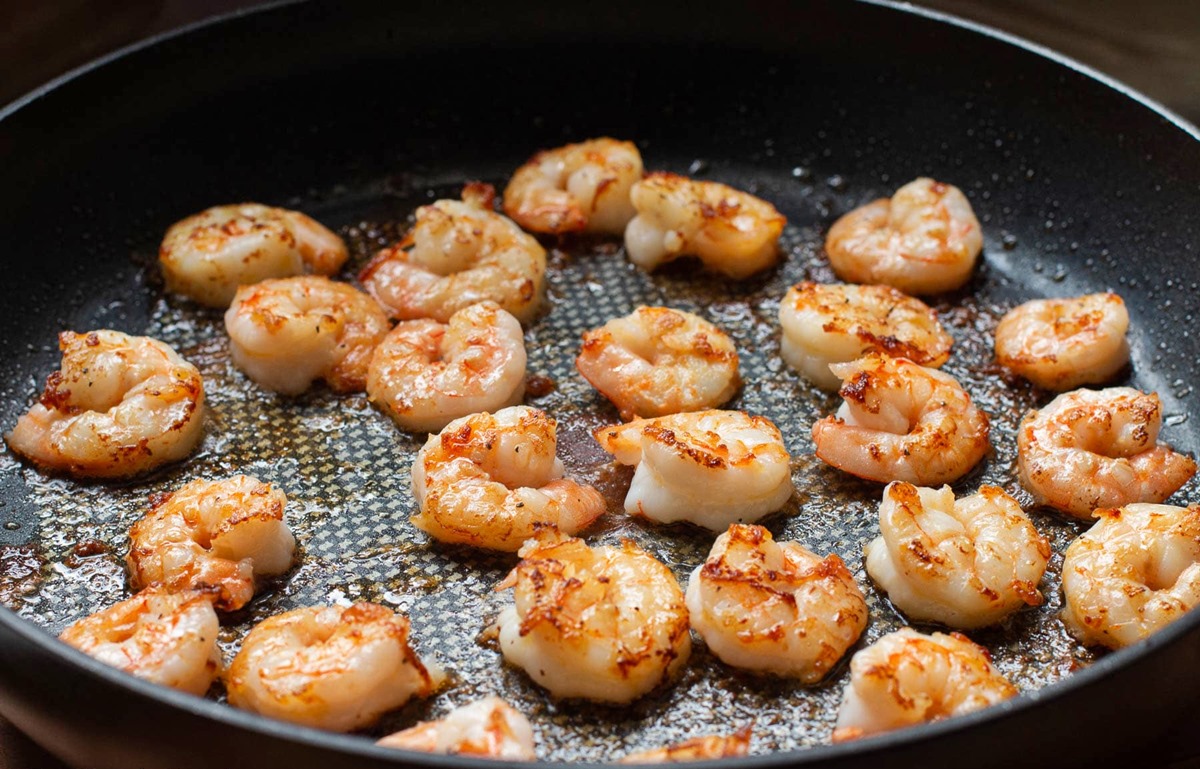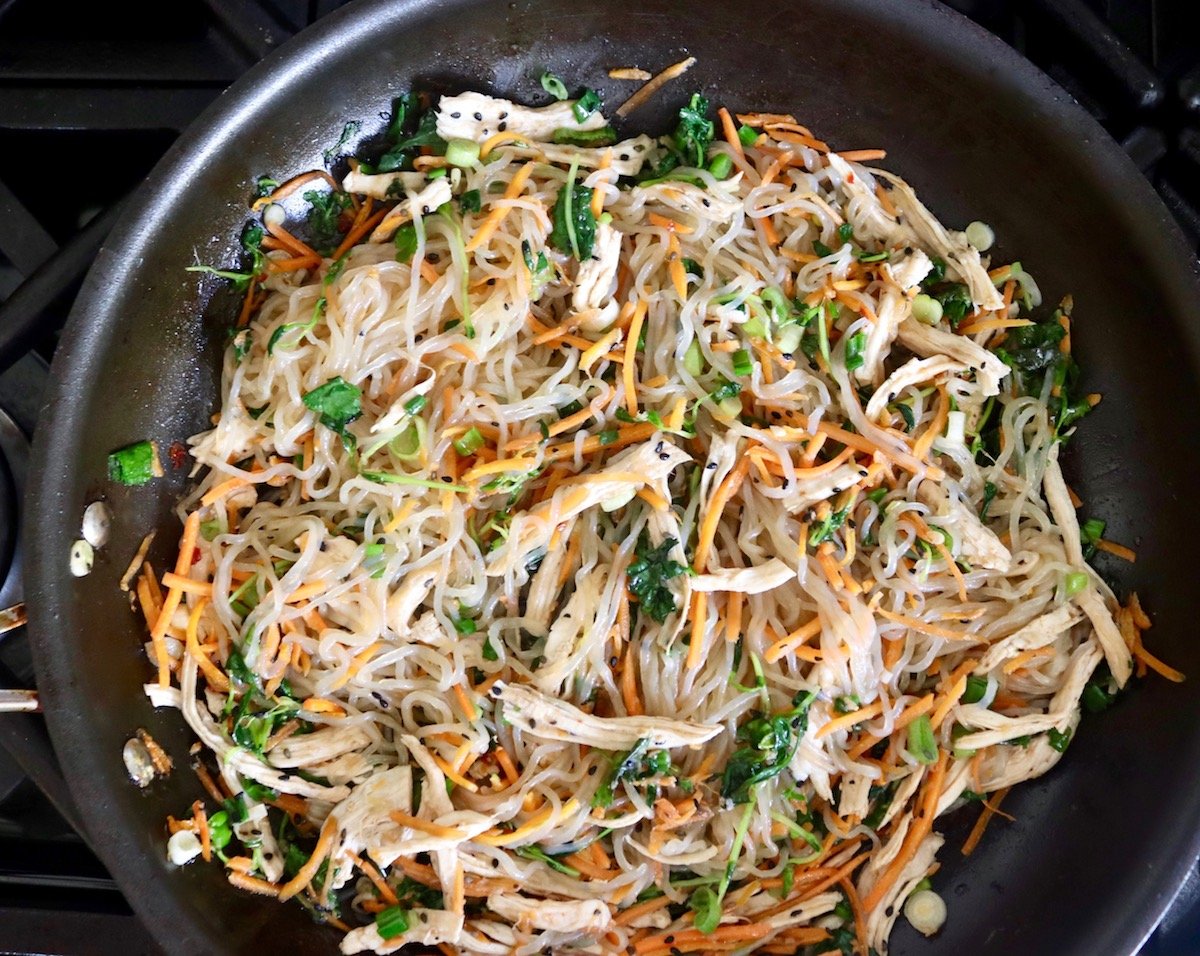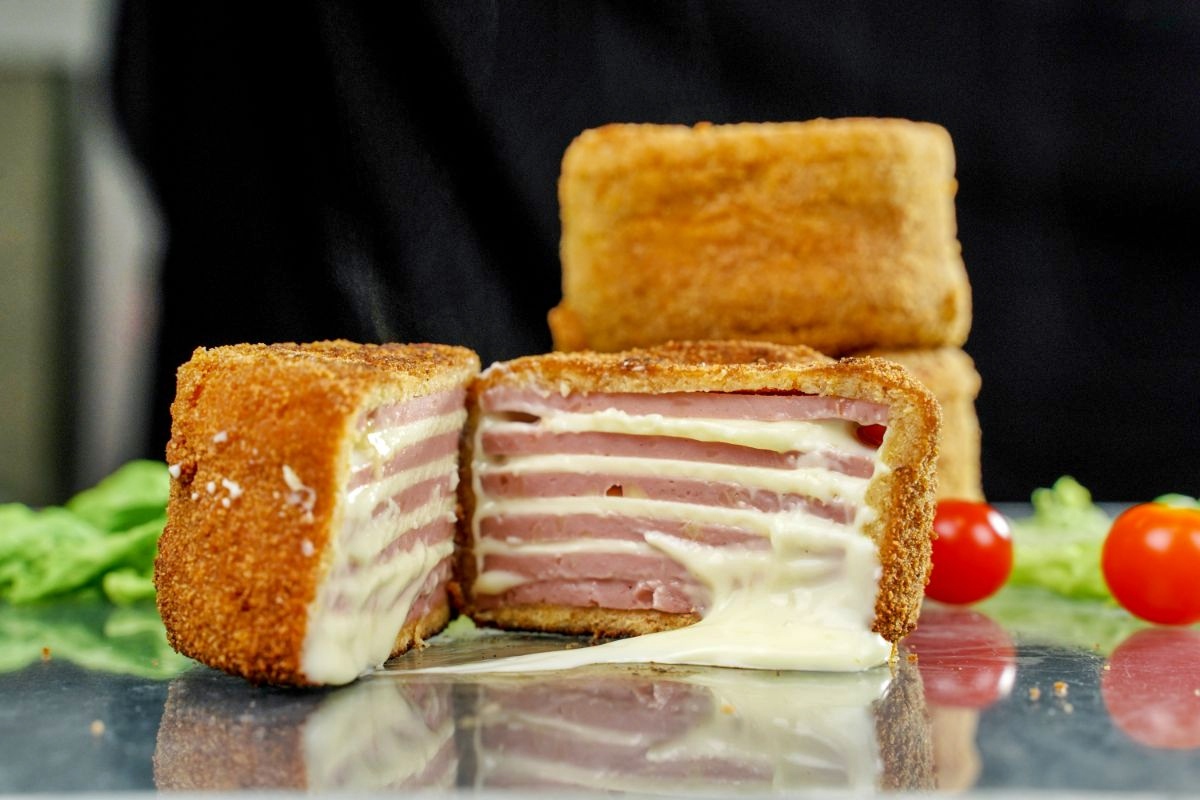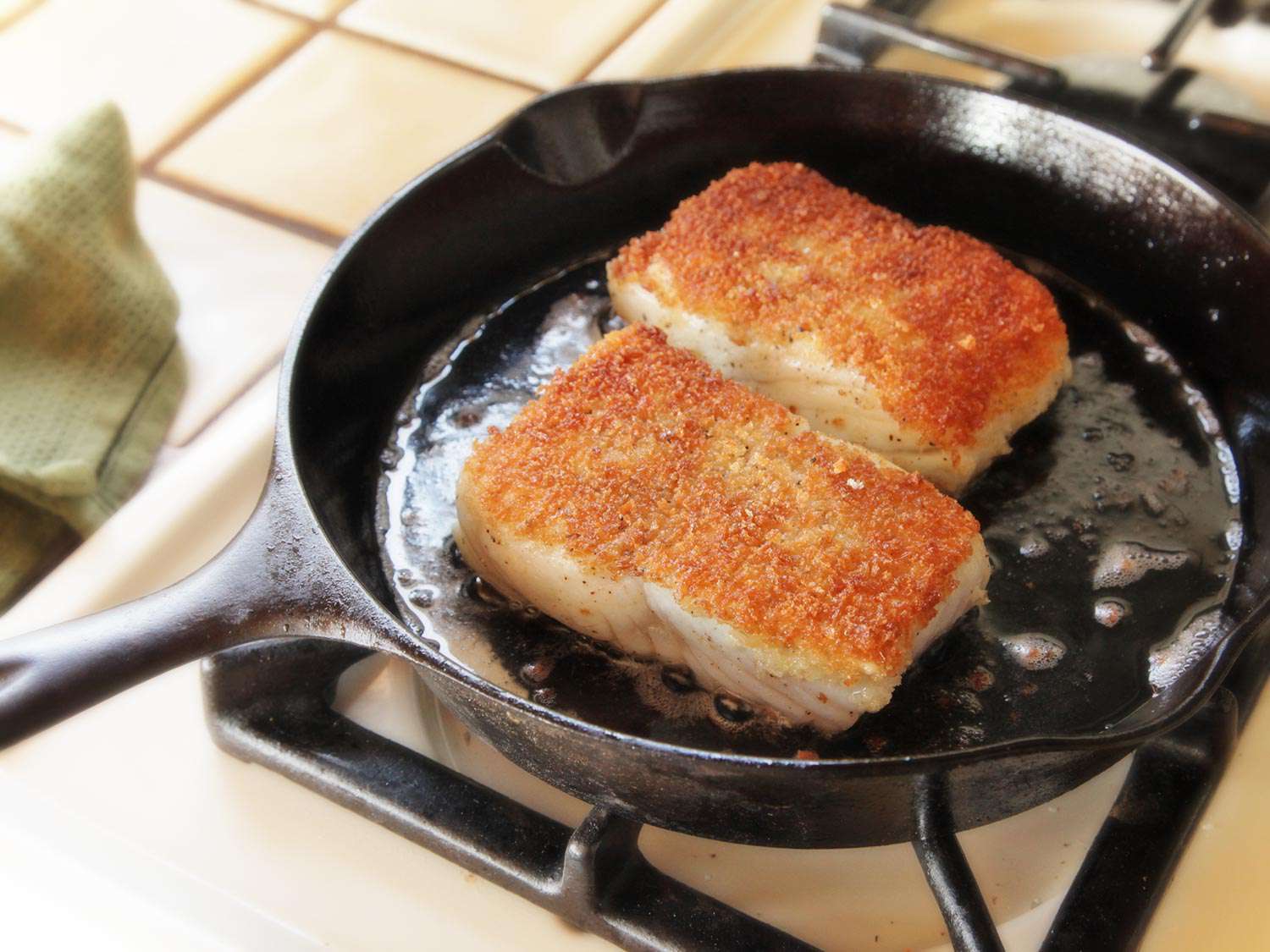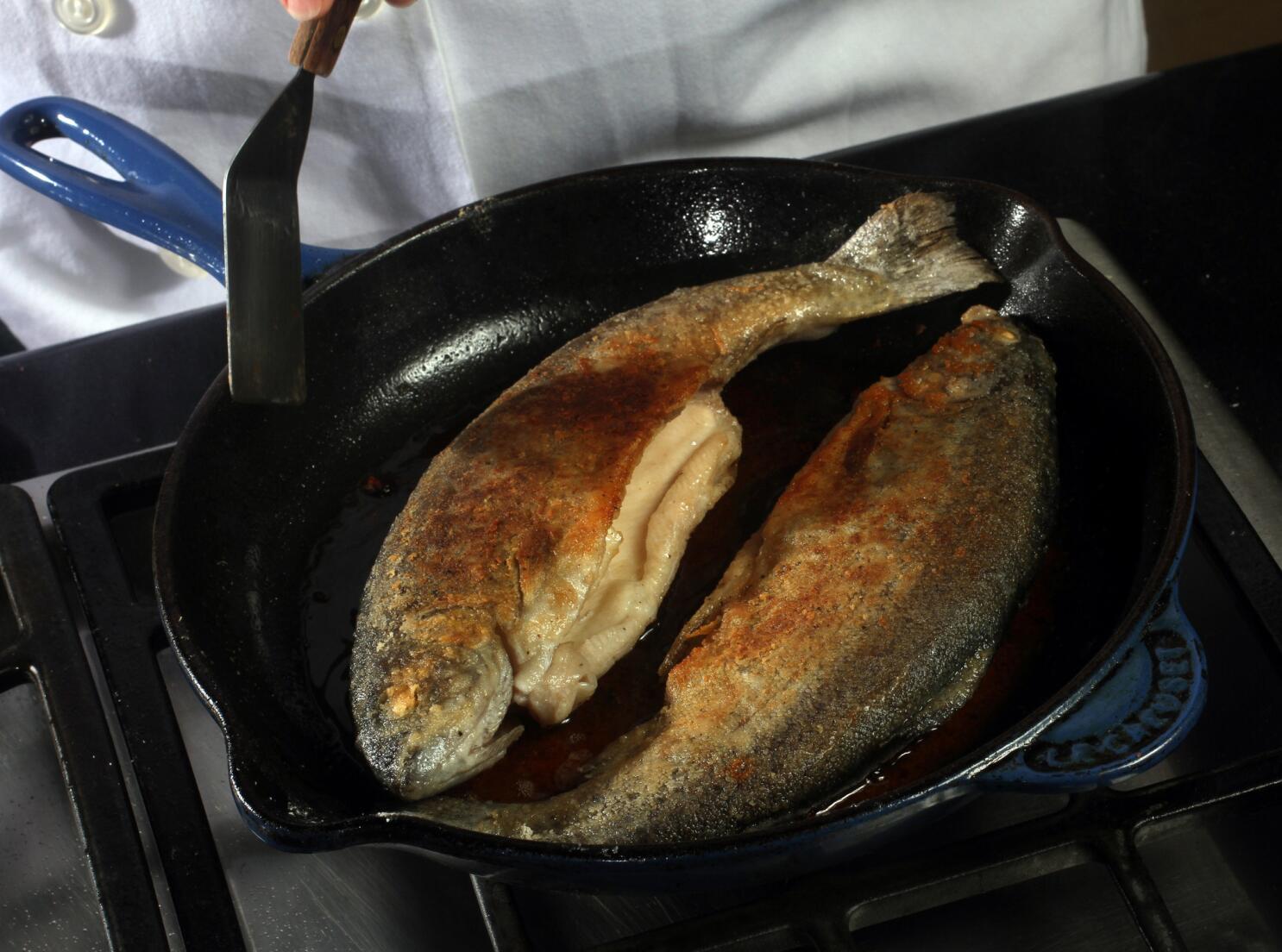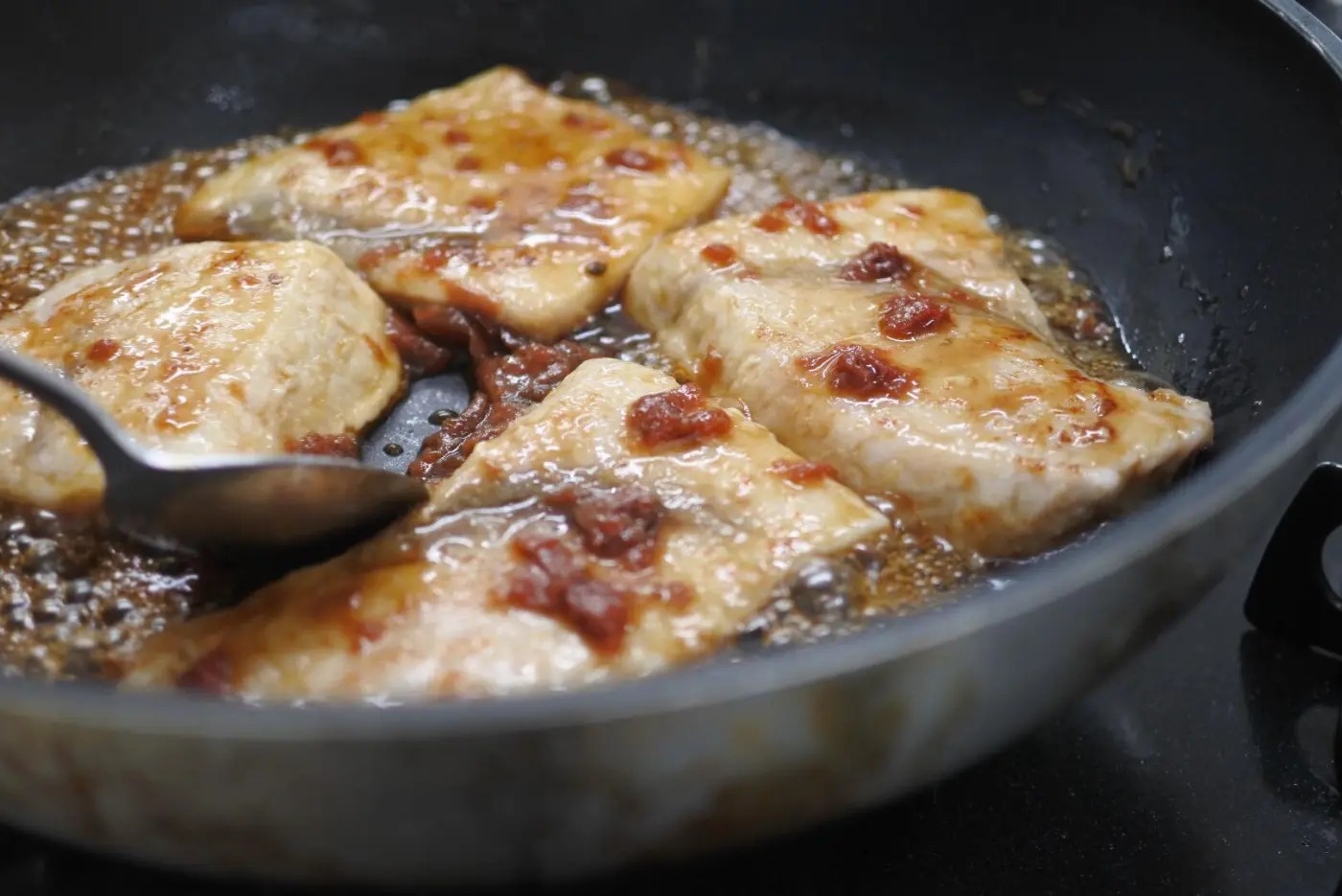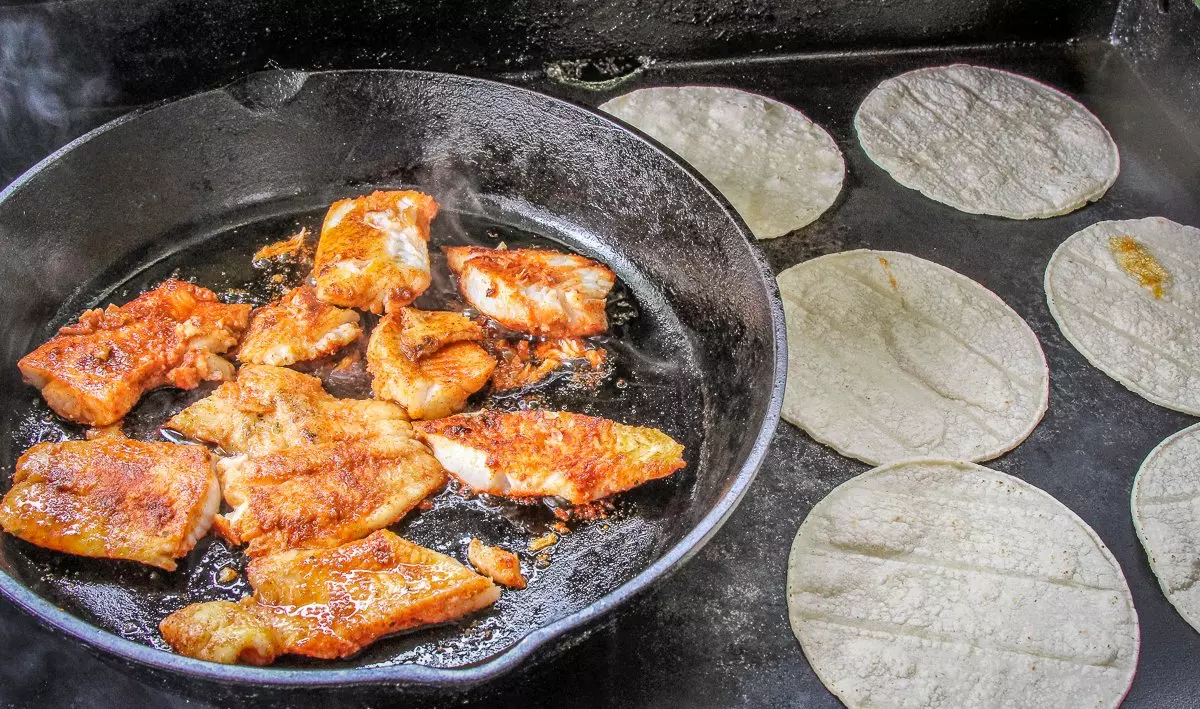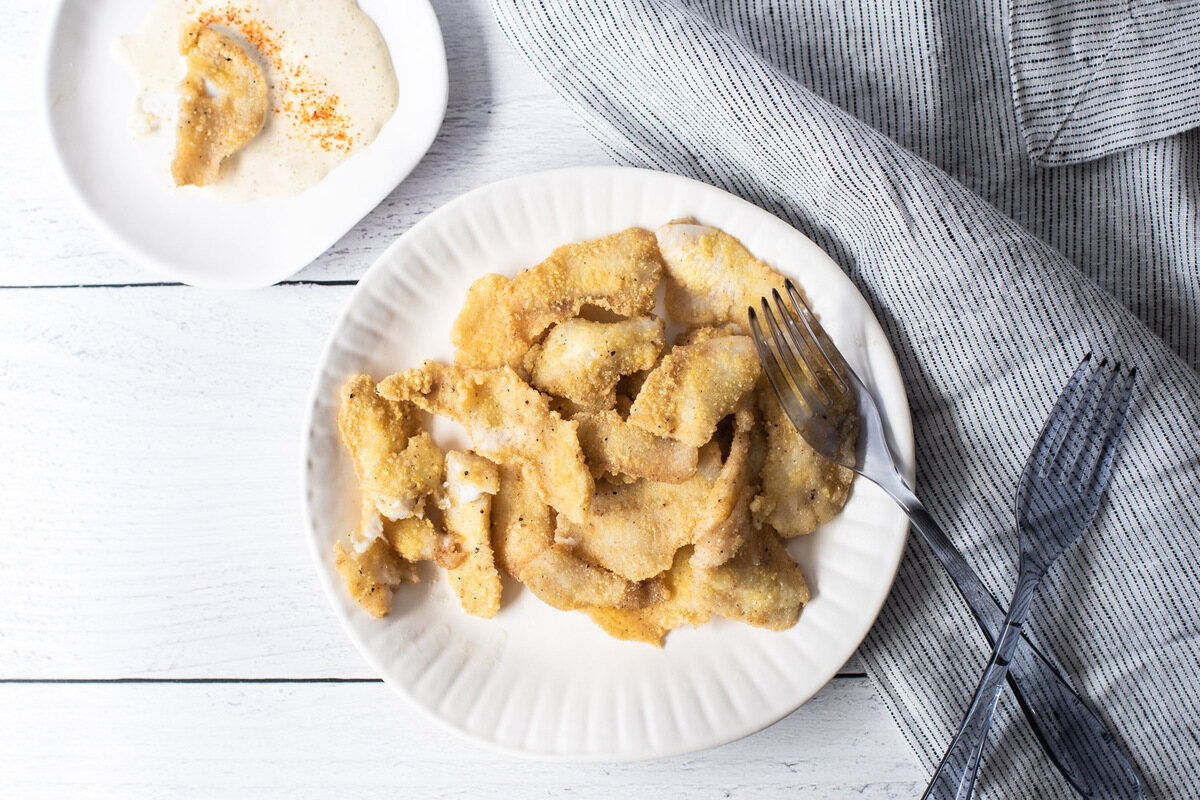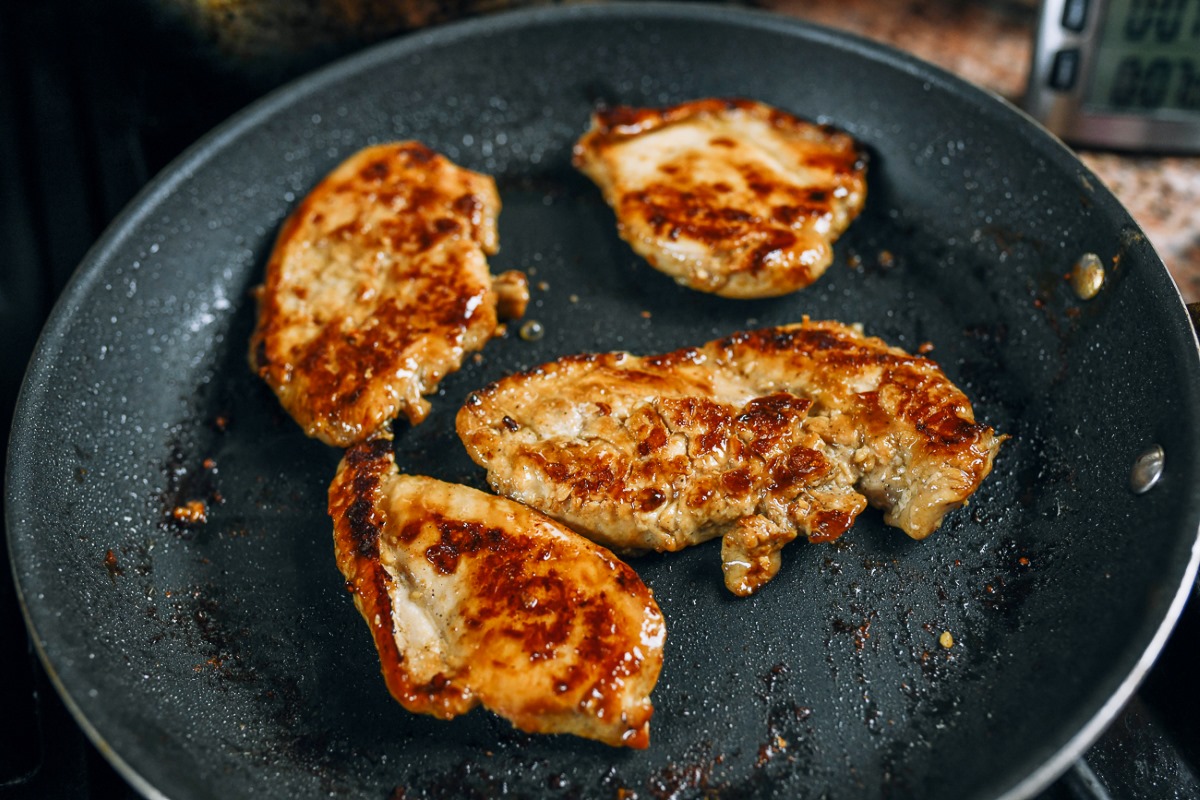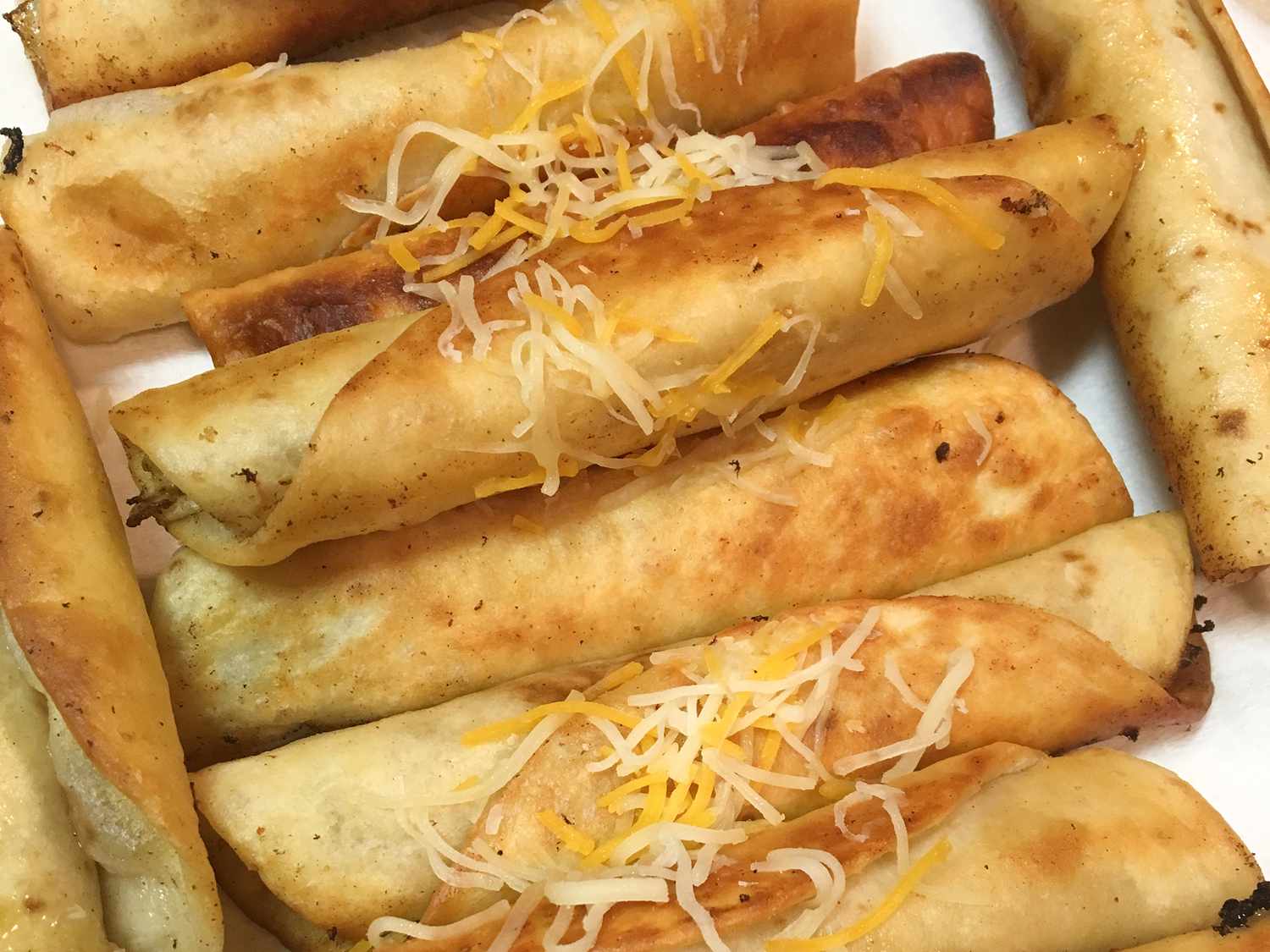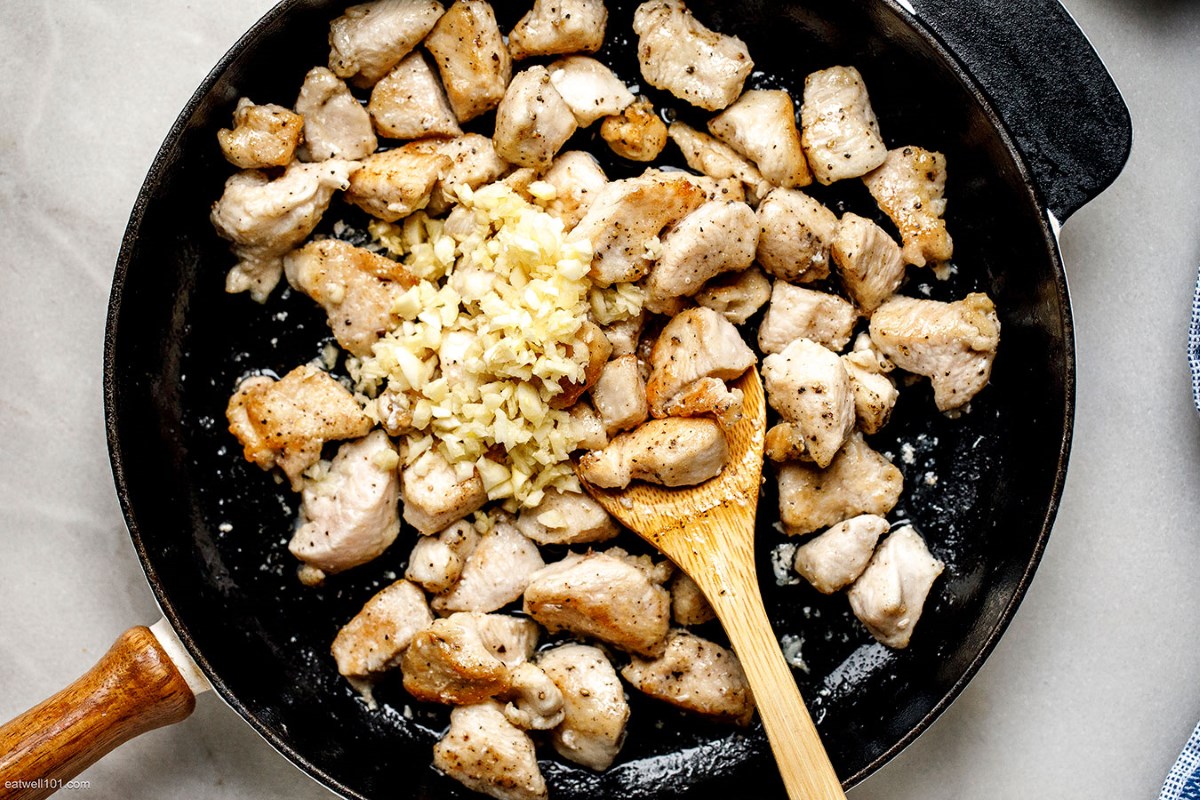The Art of Pan Frying a Delicious Hotdog
There’s something about a perfectly pan-fried hotdog that just hits the spot. Whether you’re cooking for a quick lunch or hosting a casual cookout, mastering the art of pan-frying a hotdog can take your culinary skills to the next level. Here’s a step-by-step guide to help you achieve that mouthwatering, golden-brown hotdog that will have everyone coming back for more.
Ingredients You’ll Need:
- Hotdogs
- Butter or oil
- Hotdog buns
- Condiments of your choice (ketchup, mustard, relish, etc.)
Step 1: Preparing the Hotdogs
Start by making a few shallow slits on each hotdog. This will not only prevent them from bursting while cooking but also allow them to soak up more flavor from the pan.
Step 2: Heating the Pan
Place a skillet or frying pan on the stovetop over medium heat. Add a small amount of butter or oil to the pan and allow it to heat up. Swirl the pan to ensure the bottom is evenly coated.
Step 3: Pan Frying the Hotdogs
Once the pan is heated, carefully place the prepared hotdogs in the pan. Use tongs to turn them occasionally, ensuring that all sides are evenly cooked. This process should take about 5-7 minutes, or until the hotdogs develop a crispy, golden-brown exterior.
Step 4: Assembling the Hotdogs
While the hotdogs are cooking, you can prepare the hotdog buns and gather your choice of condiments. Once the hotdogs are ready, carefully place them in the buns and add your favorite toppings.
Step 5: Enjoying Your Perfectly Pan-Fried Hotdogs
Now comes the best part – indulging in your delicious creation! Whether you’re enjoying a quick meal for yourself or serving a crowd, these pan-fried hotdogs are sure to be a hit. Pair them with some crispy fries or a refreshing salad, and you’ve got yourself a satisfying meal.
Tips and Tricks:
- Experiment with different types of hotdogs, such as beef, pork, or chicken, to find your favorite flavor.
- For an extra burst of flavor, consider adding diced onions or peppers to the pan while the hotdogs are cooking.
- Don't be afraid to get creative with your toppings – from classic mustard and ketchup to unique combinations like sriracha mayo or relish.
- If you're looking to cut back on calories, you can opt for turkey or chicken hotdogs and whole wheat buns.
With these simple steps and helpful tips, you’re well on your way to becoming a hotdog pan-frying pro. Whether it’s a lazy weekend at home or a fun-filled outdoor gathering, pan-fried hotdogs are a versatile and satisfying option that never fails to please.
So, the next time you’re craving a classic comfort food, grab your skillet and hotdogs, and get ready to savor the irresistible taste of a perfectly pan-fried hotdog!
Recipes and Creative Uses for Pan-Fried Hotdogs
Once you've mastered the art of pan frying a hotdog, the culinary possibilities become endless. With recipes like Classic Style Pan-Fried Hotdog and the more adventurous Gourmet Pan-Fried Hotdog, there's a flavor combination to suit every palate. For those with a taste for spice, the Spicy Pan-Fried Hotdog is highly recommended, offering a zesty kick that complements the smoky flavors of the hotdog. Alternatively, the Korean Fusion Pan-Fried Hotdog combines traditional Korean flavors with a classic American snack, creating a fusion dish that is both unique and delicious. These recipes not only showcase the versatility of pan-fried hotdogs but also encourage you to experiment with different toppings and flavors in your kitchen.
Was this page helpful?
Read Next: How To Pan Fry Linguica Sausage
